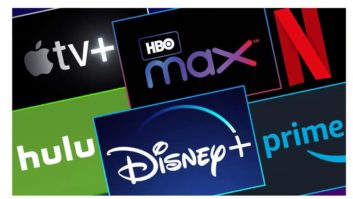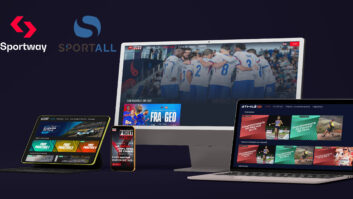It’s no surprise a growing number of pay-TV operators are launching Android TV-based set-top boxes (STBs). Recent surveys indicate a growth of between 80 and 131 million STBs by 2022.
Building on Android’s pedigree in mobile devices, Android TV has steadily evolved to become one of the mainstream options for the pay-TV market. For many pay-TV businesses, Android can add more in terms of rich functionality, excellent user experience, generously specified devices, not to mention a wide selection of apps with a simplified app onboarding process.
This naturally makes it easy for pay-TV operators to enhance their combined broadcast-OTT service offering, as well as meet customer demand for wider range of entertainment services.
But it’s not that simple; there are several flavours of Android that can be used with consumer devices. And with them comes a range of different licensing terms, requirements and business implications, that pay-TV operators need to consider before they choose a flavour for their business needs.
They also differ in terms of the user experience, the availability of apps and games, monetisation options, device interaction, the bill-of-materials and maintenance costs.
With many different flavours of client operating systems and middleware on the market, understanding what each offers should be key to the pay-TV operator’s selection process.
So what are we dealing with? Well, there are two main types of Android TV distributions available to pay-TV operators – Android Open Source Project (AOSP) and Android TV Operator Tier.
Of course, each has its pros and cons when it comes to the user experience, hardware and software requirements and security.
Differences aside, both can be extended to include support for hybrid broadcast-OTT services, allowing service providers to leverage their existing broadcast networks for linear TV while getting access to advanced OTT capabilities – from start-over and catch-up TV to the full range of Google Play Store media apps.
With AOSP, operators gain control of apps and services used on the device through an operator-controlled app store. And they could potentially have a cheaper STB device with the freedom to control the user experience. This approach has limited to no costs in terms of future upgrade and maintenance.
But the downside is no access to the Google ecosystem, high upfront project costs and longer implementation timelines due to custom launcher development, integration of multiscreen interaction, voice interaction features and others.
Staying away from regular maintenance meanwhile leaves the operation vulnerable to security threats. Managing expectations of subscribers that choose this Android STB proposition, expecting a high number of apps and games like that on the Google Play Store, will be a challenge for the operator.
Android TV Operator Tier meanwhile allows operators to take advantage of Google TV Services, including the huge content offering available via Google services like Play Store, as well as increased user engagement options including Chromecast and the Google Assistant.
All of this comes at a relatively low level of complexity and effort, thanks to the reuse of several pre-built components in the Android TV stack. And those wanting to differentiate the UX can leverage the Operator Tier custom launcher, taking advantage of white-label offerings.
However, the key concerns are the cost of advanced STB hardware and the future maintenance and upgrade costs of the software. Also, for some operators, the inability to control which apps and services are accessible on the Google Play Store platform — including the presence of competitors’ services – is naturally an issue.
That said, operators can expect a system that’s up-to-date and upgraded on a regular basis (for a minimum period of three years), onboarding the latest media apps as soon as they become available. Advanced techniques can also be implemented to ensure that the most relevant apps and content are easily available from the operator-branded launcher.
There’s no denying that a best-in-class user experience is key to success in today’s complex pay-TV market. Users expect a user-friendly interface that makes it easy to connect with the content they love. There’s an entire world of apps and games waiting to be explored.
Meanwhile, pay-TV operators are competing with OTT services like Netflix, Amazon Prime, HBO, Discovery, iFlix and Maxdome, as well as facing a rise in cord-cutters and cord-nevers – the landscape is exciting but challenging.
Android equips them with the tools to conquer this landscape, offering a host of services to become the super aggregators and tap into new revenue opportunities. But whatever flavour they choose, their choice must be clearly aligned with the operator’s business strategy.
There are also considerations around user experience and branding, end-user engagement and churn, future monetisation opportunities, project complexity, time to market and security that need to be made.
Because let’s not forget, Android TV – in any flavour – doesn’t fundamentally solve the challenge of creating a coherent end-to-end service. It simply provides a framework for OTT app onboarding that comes with an ecosystem-size lever. That’s where solutions like the NAGRA Android TV Fast Track ecosystem can step in to help build that full stack service.
The question for operators remains unchanged – how do you balance between elegant and frictionless OTT onboarding with your own content line-up?







